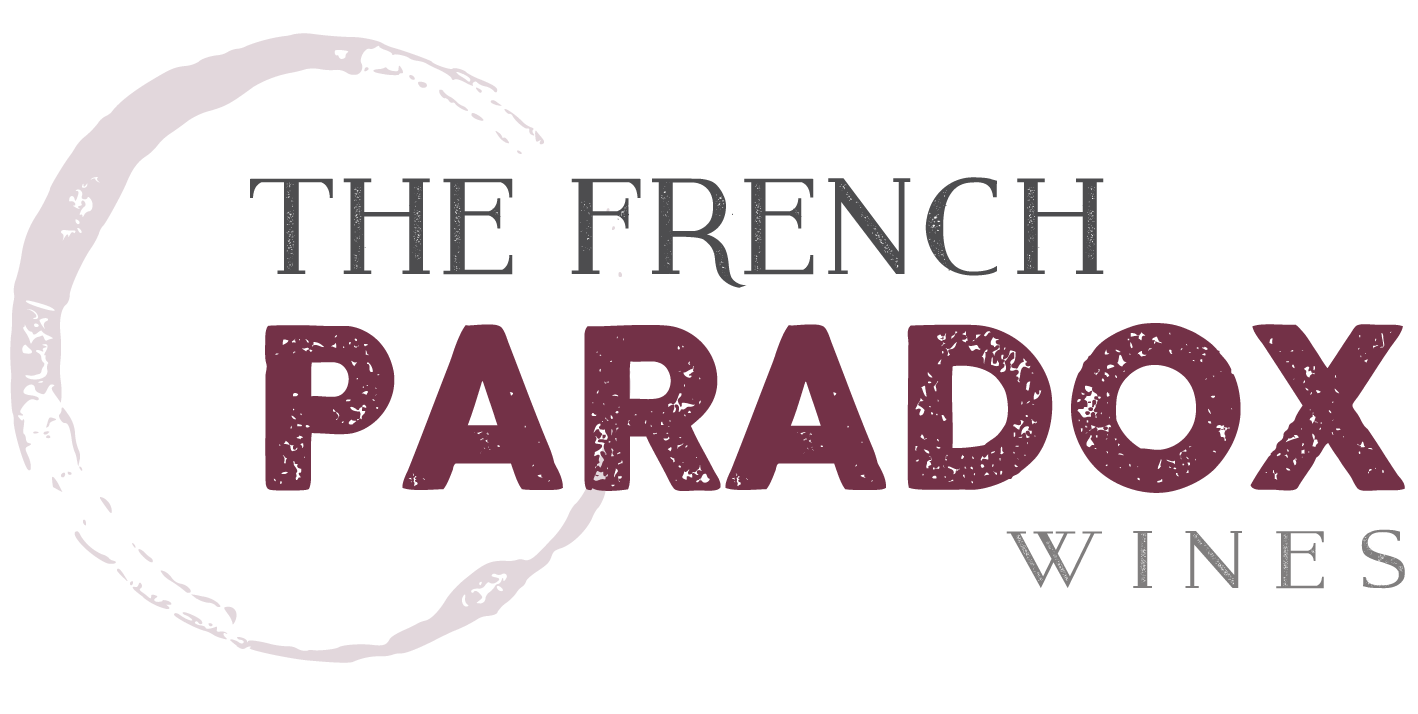So the silly notion that rosé is only for summer continues to mystify me. Is there a pink wine/white shoes correlation? Or is it simply that consumers believe that all rosé is basically the same, and that a tiny amount of rosé is made by only a few wineries that don’t make ‘serious’ wine, anyway.
People that judge wine by its color without bothering to taste it are simply bigots. And bigotry, as we know, stems from a lack of knowledge. Ergo, a wine bigot, who boasts of his (it’s always a he, isn’t it?) refusal to drink white wine or rosé, is not a wine expert or a connoisseur. His lack of curiosity, coupled with his unfounded arrogance makes him a person to avoid, not emulate.
Anyway…rosé. Because rosé is so stylistically varied and made from so many different grapes from so many different places, it’s impossible to make across the board judgements about when and with what rosé should be consumed. An to illustrate this point, I present…the 2017 Le Morette Bardolino Chiaretto Classico ($17.99), a wine that you’ve likely never heard of (and your friend, the wine bigot, has absolutely no awareness of, because he actually knows shockingly little about wine.)
Bardolino refers to a place and a red wine. The place is north-central Italy in the foothills of the Italian Alps, about 25 km northwest of Verona, along the eastern coast of Lake Garda. The wine is made primarily of Corvina Veronese grapes, with smaller amounts of Rondinella and Molinara. It’s bright ruby red and subtly fruity with hints of cherry, strawberry, raspberry, redcurrant and spices (cinnamon, clove and black pepper). It’s delicious.
Chiaretto is the name of the rosé made from the same place and grapes. The name is derived from ‘Chiaro’, Italian for ‘clear’, and the wine is floral, faintly fruity, slightly salty and crisply acidic. The acidity is what makes it so food friendly, as the wine cuts through fat and lifts the food flavors. The acidity is also what makes it so inappropriate as a summertime quaffer; just as this wine makes food taste better, without food, its lean and salty characters are somewhat lacking. (think vinegar without the fat of the oil).
Chiaretto is perfect with creamy and semi-soft cheeses, sausages, rich sauces and roasts. In other words, foods associated with fall. This is a wine to pair with roasted root vegetables, or cassoulet or polenta or duck or Bolognese. Got it?
Good
